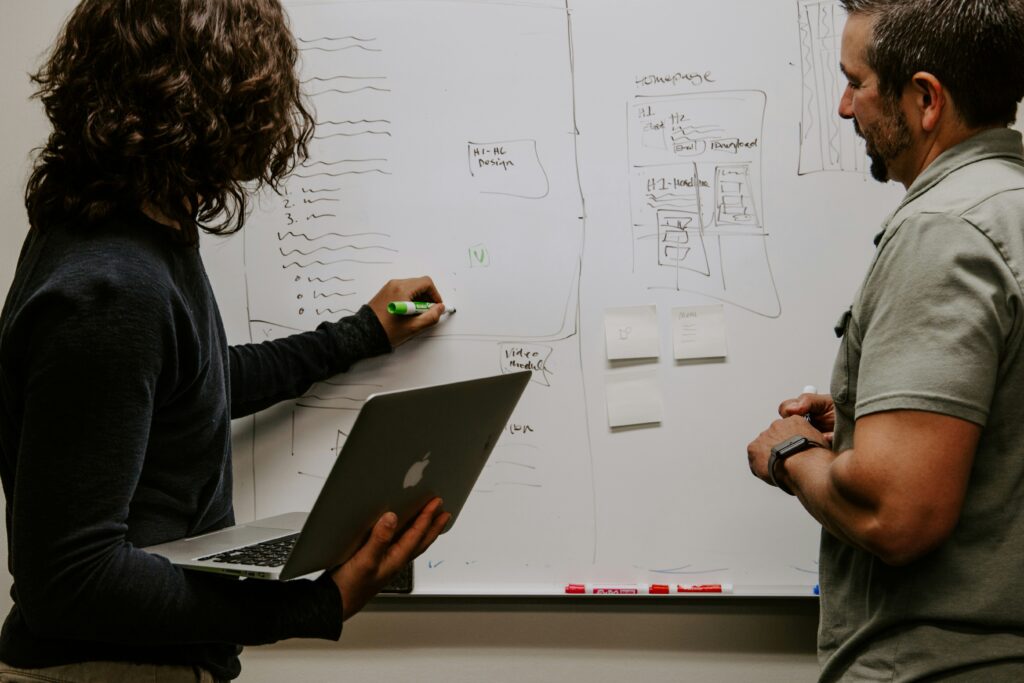
The impact of the €10-million Europlanet 2024 Research Infrastructure (RI) project, funded by the European Commission, has been featured as a case study in the journal Nature Astronomy. The project, which ran from February 2020 to July 2024, offered unparalleled access to planetary simulation and analysis facilities, virtual data services, and a telescope network, among other resources. It involved over 50 partners, making it one of the most complex distributed research infrastructures funded by the EC.
From its inception, the project embedded an Impact Evaluation Officer, social scientist Jen DeWitt, to assess its outcomes and long-term impacts. The evaluation, published today, underscores the importance of integrating robust evaluation mechanisms from the start, leading to high-impact science and a collaborative ethos beneficial to the entire planetary community.
Networking and Collaboration: The Cornerstones of Success
The evaluation highlights that networking and personal contacts fostered through the project’s activities, particularly the Transnational Access visits to laboratories and field sites, have led to better science, new research avenues, and enduring collaborations. DeWitt emphasized the non-linear nature of research funding and outcomes, noting,
“It’s never a straightforward pipeline between funding going in and good science coming out.”
For students and early-career researchers, these opportunities are crucial for career acceleration.
The Europlanet 2024 RI evaluation was structured around five impact areas as defined by the OECD reference framework, covering scientific, technological, training, education, economic, and societal impacts. Key performance indicators were mapped onto strategic objectives and regularly reviewed throughout the project. Both quantitative metrics and qualitative feedback were collected to provide a comprehensive assessment.
Challenges and Adaptations Amid Global Events
The project faced significant challenges due to global events from 2020 to 2024, including the COVID-19 pandemic and geopolitical tensions. These events necessitated temporary or permanent adaptations, such as remote collaborations and virtual events. Despite these hurdles, the project achieved significant impact, particularly in scientific and training areas.
Over 250 publications and conference presentations have resulted from the project, with mentoring, expert exchanges, and training programs highlighted as vital for early-career researchers, especially from under-represented countries. Notably, over 90% of Transnational Access visits led to ongoing research collaborations, and two-thirds of participants pursued new research avenues post-visit.
Strategic Insights and Future Directions
Nigel Mason, Coordinator of Europlanet 2024 RI, noted the project’s unique approach to evaluation, stating,
“Having a dedicated evaluator allowed us to understand interactions over time and how different project strands supported the community.”
This comprehensive evaluation not only informs the European Commission and taxpayers about the project’s value but also guides future resource allocation.
Anita Heward, Europlanet Vice-President, emphasized the evaluation’s role in identifying impactful activities, stating,
“The evaluation helps us prioritize resources and ensure Europlanet’s activities offer the best value for money.”
As Europlanet transitions to a self-sustaining non-profit, understanding where its initiatives have the most significant impact is crucial.
The Importance of Community in Scientific Endeavors
The evaluation underscores the critical role of collaboration and networking in scientific success. DeWitt highlighted that the stereotype of scientists as isolated geniuses is far from reality, noting,
“Success in research comes through building networks, talking, listening, learning, and collaborating with colleagues.”
This collaborative spirit is essential, particularly at international and cross-border levels, and should be emphasized to the next generation of scientists and policymakers.
As Europlanet continues its mission, the lessons learned from this evaluation will shape its future endeavors, ensuring that it remains a cornerstone of planetary science and a model for collaborative research infrastructure.





